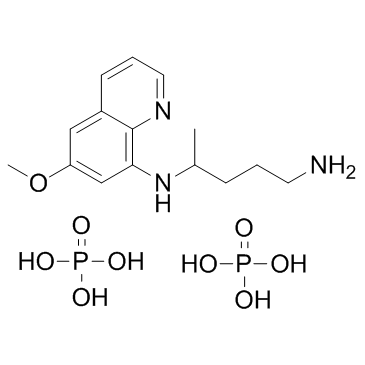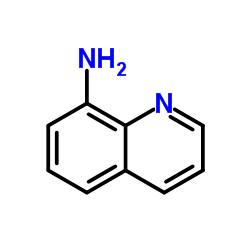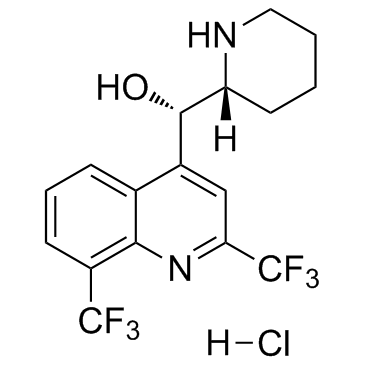| Structure | Name/CAS No. | Articles |
|---|---|---|
 |
primaquine phosphate
CAS:63-45-6 |
|
 |
8-Aminoquinoline
CAS:578-66-5 |
|
 |
Mefloquine hydrochloride
CAS:51773-92-3 |